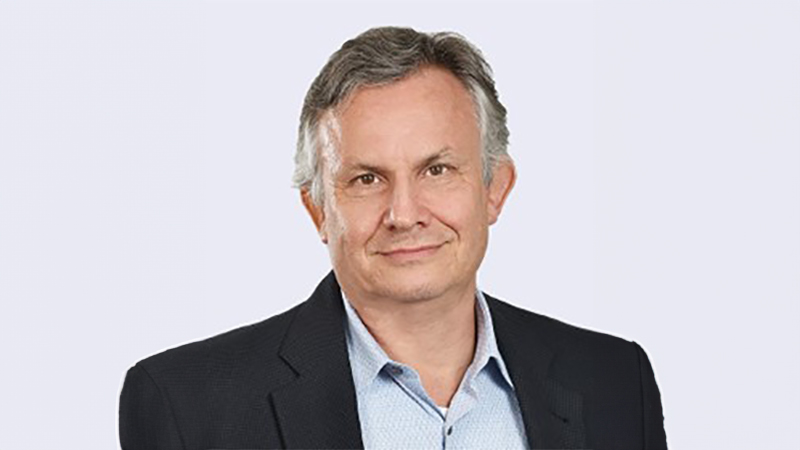The bulk of the growth came from the services sector, which grew 0.7% and contributed 0.5 percentage points to the total. The ONS said that growth was seen across all four of the main services aggregates: distribution, hotels and restaurants; transport, storage and communication; business services and finance; government and other services.
“Growth in business services and finance increased from 0.1% growth in Quarter 1 (Jan to Mar) 2015 to 0.8% in quarter two 2015. This was the main reason behind the increase in services growth between the two quarters.”
Given that services account for around three quarters of the UK economy, the impact is unsurprising, but, Ben Brettell, senior economist at Hargreaves Lansdown said the increase will once again raise fears that the economic recovery lacks balance, and is increasingly reliant on consumer spending.
That said, Brettell added: “The acceleration in growth raises questions over how long the Bank of England will be able to maintain interest rates at 0.5%, especially with wages now rising strongly.”
While he said there is a possibility that there might be a split in the MPC as soon as next month, a majority is not expected until next year as it still needs to balance the improving outlook at home with a deteriorating global picture.
“Recent sharp falls in the price of oil and other commodities could be an early warning sign on global growth – less demand for resources can signify less economic output further down the line. The IMF recently cut its forecast for the global economy in 2015 to 3.3%, from 3.5% back in April,” he added.
Nandini Ramakrishnan, global market strategist at J.P. Morgan Asset Management agrees that the first interest rate rise will be closer to 2016 than to now, but he added: “The Bank of England will take this data as further signs that the British is healthy enough for a rate rise.”
While he said the central bank is not likely to rush into a rate-hiking cycle based solely on one release, “after successive quarters of expansion and Mark Carney’s concern that starting the hikes later would mean a faster pace, the case for lift-off is mounting.”
On the other side of the coin, manufacturing output fell by 0.3%, a clear indication that the strong pound continues to weigh heavily.
And, Ramakrishnan added, while investors see this morning’s resiliency in production as supportive for UK-based companies, at the same time, because only 20% of the UK FTSE 100 profits come from within the UK and 27% come from Europe, the strong pound can be a headwind.











